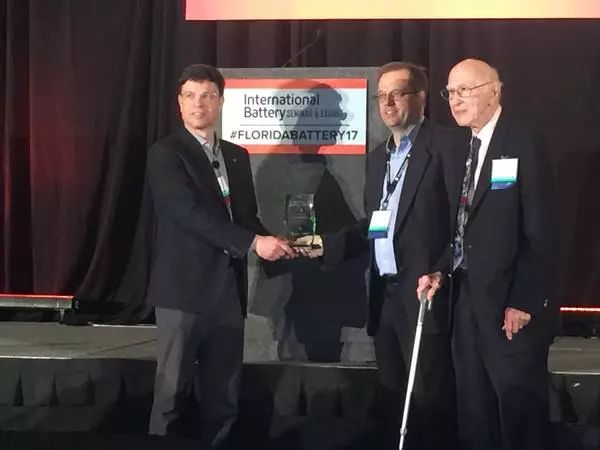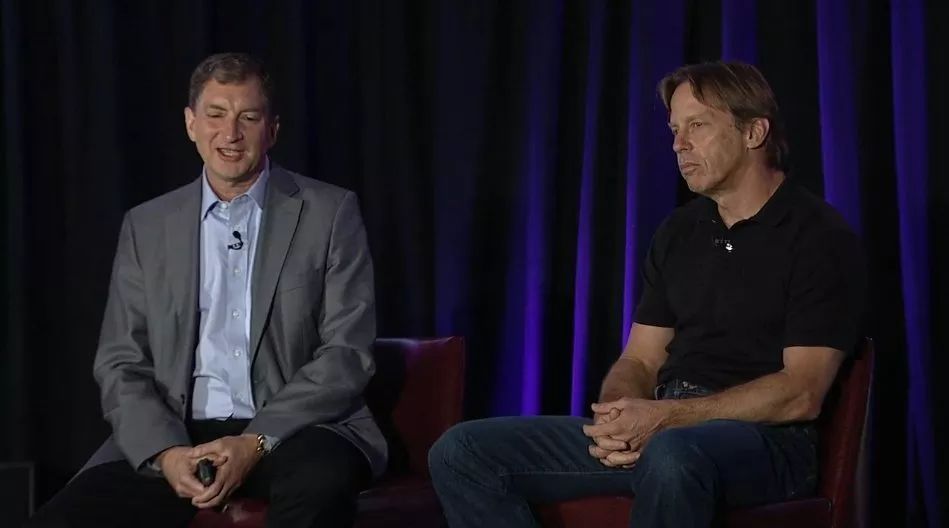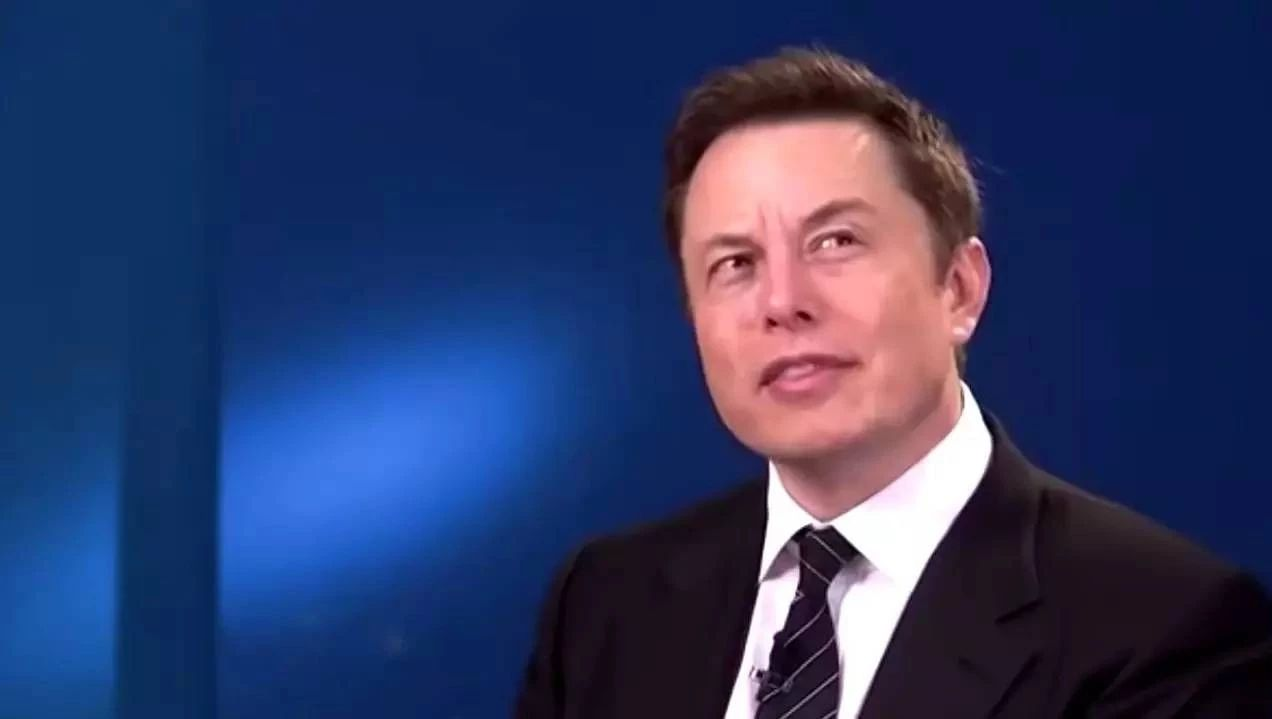Yesterday, Tesla’s official website updated a blog post entitled “Welcoming New Talent to Tesla”, announcing that 8 executives had joined the company.

You may say that expanding the team is a good thing, right? That is correct, but we have never seen Volkswagen, Toyota or General Motors expand at this level. Even new players such as NIO and XPeng are not seeing this scale of new appointments. The blog post ends with the rare announcement “We will announce more new appointments in the coming days, so stay tuned”.
If you recall, the topic of “Tesla executives leaving” has been a long-standing headline. Just before these 8 executives joined, Matthew Schwall, the Senior Director of Field Performance Engineering at Tesla, and Sameer Qureshi, the Autopilot Software Director, were reported to have left the company. Therefore, behind the appointment of these 8 executives is a huge talent gap at Tesla.
If you still don’t find this convincing, then let’s look at the incomplete list of Tesla executive departures since 2016 (some information comes from CNBC).


Thirty-seven executives have left tesla in the last two and a half years, my friends. This is what we call, “Gathering is a torch, dispersing is a sky full of stars”. After sorting out this table, the first thing that came to my mind was that Tesla cannot go bankrupt. HR departments around the world are waiting for news of continuous departures of Tesla executives:)
However, frankly speaking, such a high frequency of talent turnover is a huge challenge for any company.
Why does Tesla have a high turnover rate of talent?
This question is not new. In 2017 Q2 earnings call, Tesla CEO Elon Musk announced that CFO Jason Wheeler would be leaving the company. Jason previously served as the vice president of finance at Google, and was expected to bring good things to Tesla. His departure sparked attention from the outside world about this issue.
- Company cultureA recently resigned Tesla executive cited the difficulty in accepting Elon’s creation of a long-term, high-pressure company culture at Tesla as reason for leaving. Elon has been constantly exploring ways to keep Tesla flexible and efficient like a startup while growing into an industry giant, which are naturally conflicting goals. In addition to working over 100 hours a week himself, Elon has deliberately created a company culture of over-the-top effort and a willingness to pay any price out of a strong sense of crisis, urging all employees to maintain an entrepreneurial mindset.
In June 2017, Elon sent an email to all employees, requesting that they be wary of the “Tesla Killers” coming from traditional carmakers:
Tesla must maintain its hard-fought culture, which is not about making the work hard for its own sake, but because we are engaged in a great mission that only serves to hurt those huge, entrenched competitors who are only seeking to maintain the status quo. The list of companies trying to kill Tesla is long and growing, and I’m surprised if there’s not some article every week about Tesla killers. The only way for a small company to beat a large company is to be faster, more efficient, and work harder.
Honestly speaking, Elon’s concerns are not unfounded. Whether German, Japanese, or American companies, the electrification and automation of the traditional giants has already begun. Dieter Zetsche, Chairman of Daimler-Benz, made a meaningful comment: “We thank Tesla for opening the market and paving the way for Daimler’s electrification.”
If you were Elon Musk, with competitors of two orders of magnitude in size sitting across the table and the critical Model 3 production capacity still not released, what would you do?
But an interesting question is how to balance the demand for employees to work flat out with motivating them through an incentives system to generate pride and satisfaction in the company.
Auto Pacific analyst gives an evaluation: Tesla appears to be a company under extreme pressure. Producing the Model 3 has put enormous pressure on everyone from production workers to senior management.
Tesla’s position as a leader in the intelligent and electric vehicle industry has certainly not encountered any obstacles in attracting talent. Talented individuals from companies such as Apple, Google, Toyota, and Mercedes-Benz have joined Tesla, in order to “change the world together.” However, they are having a hard time understanding how a 14-year-old company is still facing massive workloads, poor employee benefits, and even controlled chaos and disorder – all elements typical of a start-up company.# Chris Lattner: A Former Senior Director and Developer of Apple Who Left Tesla after 6 Months
Chris Lattner, the former Senior Director and creator of Swift at Apple, who left Tesla after only 6 months, talked about his career at Tesla: “I worked hard and gained a lot. I still believe in Tesla’s mission and am optimistic about the Autopilot team’s unique technology path. But it seems that Tesla and I were not a good fit.”

Chris is the owner of both Model S and Model 3, and he once publicly stated that he was a die-hard fan of Tesla. When he joined Tesla, he commented that Autopilot was a “very important and difficult” technological challenge. However, he left Tesla because of a “misfit” after only 6 months.
His next stop was Google, another Silicon Valley company that ranks high in terms of employee benefits and satisfaction.
- Mismatch between Planned Targets and Actual Progress
This is another reason why Tesla’s executives are seen to be frequently iterating.
Whether anyone still remembers or not, the initial production plan for the Tesla Model 3 was July 2018, but the pressure from nearly 500,000 orders after the press conference on April 1, 2016, made Elon decide to move up the production by a year. As scheduled, Model 3 was put into small-scale production in July 2017. However, the hidden production challenges under aggressive production plans were quickly brought to the surface, and it was not until 2018 that the Model 3 reached the phase of steadily increasing production capability.
Along with this, the initial designed battery production capacity of Tesla’s Gigafactory 1 in Nevada was 35 GWh/yr, which was scheduled to achieve full load operation in 2020. However, due to the early production plan for Model 3 and Model Y, and the release of the semi-truck, Tesla advanced the goal of 35 GWh/yr to 2018, and the production capacity in 2020 will reach an unprecedented 150 GWh/yr.
Of course, we all know that these goals will not be achieved as scheduled. Unfortunately, this is again directly related to Elon. “Silicon Valley Iron Man” wrote that he has extremely high expectations for all business progress, and he tends to assume that all external conditions are the most optimistic when setting goals.A former executive at SpaceX once gave an analogy: it’s like Elon asking everyone to build a car that can go from Los Angeles to New York with only one tank of gas. When it comes time to test the car’s ability to make it to New York, everyone thinks that one tank of gas can only get them to Las Vegas at best, but they end up making it to New Mexico, double the distance of what everyone expected. Despite this success, Elon still gets angry. No matter who is being compared, he always demands that his employees achieve twice the performance of others.
Take the Model 3 production for example. Tesla’s Model 3 Manufacturing and Engineering Chief, Doug Field, went on leave just a few days ago. Doug had been overseeing the production of the Model 3 at the factory and was undoubtedly exhausted. As we have seen from the recent CBS interview, Elon was sleeping at the factory, sometimes even sleeping on the floor because the couch was too narrow.
There are also examples of Key Business CEOs personally supervising their teams. For instance, Lei Jun personally took over Xiaomi’s phone R&D and supply chain management teams on May 18, 2016. Last year, Li Yanhong took charge of Baidu’s information flow business. Every time the Smartisan phone sells out, Luo Yonghao jokes on Weibo that he has to go to the factory to screw in screws. But only Elon would sleep at the factory to watch the production line.
It is actually counterintuitive to have a CEO hands-on like this. I’ve seen several comments that say “The CEO is acting as an engineer. That’s why there’s trouble.” I don’t know whether he will succeed or not, but it is certain that Doug and the factory management team are under tremendous pressure. It is also clear that production capacity has been steadily increasing. However, taking a wild guess, did Doug’s leave have anything to do with the production problems of the Model 3?
Will the departure of executives have a negative impact on Tesla?
In normal circumstances, it would.
A UBS analyst last year gave a “sell” rating on Tesla stock, reasoning that “anytime a company is growing as rapidly as Tesla is, you must have stable management in place to lead it.”
Let’s talk about two experts from the above table.

Kurt Kelty, former Chief Battery Scientist and Senior Director of Battery Supply Chain and Business Development at Tesla. Here are the business functions he was responsible for:
-
Represented Tesla to negotiate and confirm cooperation with Panasonic in the construction project of Gigafactory 1;* Responsible for negotiating and finalizing the localized procurement contracts for Tesla’s upstream battery raw materials (including lithium, graphite, nickel, etc.);
-
In charge of integrating, negotiating, and finalizing contracts with Tesla’s upstream battery raw material suppliers at Gigafactory 1;
-
Leads the senior cell development team;
-
Responsible for the design and implementation strategy of Tesla’s battery cells (21700 batteries), including chemical materials and external design;
-
Representing Tesla to negotiate and confirm joint development work on the 21700 battery with Panasonic, finalizing a contract worth billions of dollars;
-
Responsible for all battery procurement and inventory management;
-
Leads the battery quality control team;
-
Leads the battery quality testing team, responsible for battery cycle testing and life prediction.
In summary, Kelty was the former head of Tesla’s battery business executive and the father of the 21700 battery. He is a versatile talent proficient in battery R&D, production and testing, raw material procurement, and supply chain management. He led Tesla from being an outsider in the battery industry to becoming “the world’s largest battery production and consumption enterprise”.

Jim Keller, former head of Tesla’s Autopilot project. When he first joined Tesla, he was the VP of AP Hardware, responsible for the development of Tesla’s autonomous driving chips. Later, he also managed the AP software team and was promoted to project manager.
I won’t go into detail about his brilliant record at AMD and Apple. Everyone calls him “Chip God”, what more can I say.
Jim only joined Tesla at the beginning of 2016 and led the development of chips from scratch. At the end of last year, Elon publicly announced at the Neural Information Processing Systems conference (NIPS 2017) that “We believe Jim’s team’s specialized AI chip will be the best chip in the world.” Looking back at the comparison a former SpaceX executive made about Elon’s expectations for his employees, I’m curious, how many people at Tesla, besides Jim Keller, will receive such performance evaluations?After the departure of Kurt Kelty and Jim Keller, there was no noticeable impact on Tesla’s battery and Autopilot businesses. While there was some delay in progress when Autopilot’s first director, Sterling Anderson, and software VP, Chris Lattner, departed during Autopilot’s transition to version 8.0, a technical shift, and the performance upgrade of AP 2.0.
However, overall, Tesla seems to be robust in its immunity to executive turnover. Typically, Elon temporarily takes control of the relevant business and recruits other talents to take over in the short term.
How does Tesla evaluate the departure of executives?
In March last year, when Wall Street expressed concerns about Tesla’s executive turnover rate, Tesla gave a response:
“Tesla’s ability to attract and retain talent is one of our greatest assets. In 2016, Tesla’s employee turnover rate was below the tech company industry average. Our executive team has a long tenure at Tesla, with over 75% of senior executives having served for more than three years, 60% for more than six years, and 20% for more than 10 years. Nearly 60% of Tesla’s management team has been with the company for more than 14 years.
Furthermore, some executives, such as Tesla CFO Deepak Ahuja and President Jerome Guillen, have left Tesla and quickly returned. In a company of over 30,000 employees, because it is Tesla, employees work particularly hard to accomplish some very challenging objectives, which inevitably leads to a certain amount of turnover.
However, relatively low employee turnover is the most significant reason behind Tesla’s success. Tesla has nearly 2000 managers and above-level employees. The media and Wall Street focuses on a handful of those who leave, ignoring the majority of those who remain with the company for long periods. This is neither fair nor informative.”
Are these data reliable? Who knows? Tesla has never officially released any team member’s information other than Elon or CTO J.B. Straubel. Perhaps Wall Street and the media need to adapt to executive turnover as a norm for Tesla, which does not seem to be a significant problem.Here are the core five members that deserve to be mentioned in the context of “major personnel changes in Tesla”: CEO Elon Musk, CTO J.B. Straubel, Chief Designer Franz von Holzhausen, former Model S now Semi Truck project leader Jerome Guillen, and VP of Engineering Doug Field.



This article is a translation by ChatGPT of a Chinese report from 42HOW. If you have any questions about it, please email bd@42how.com.
